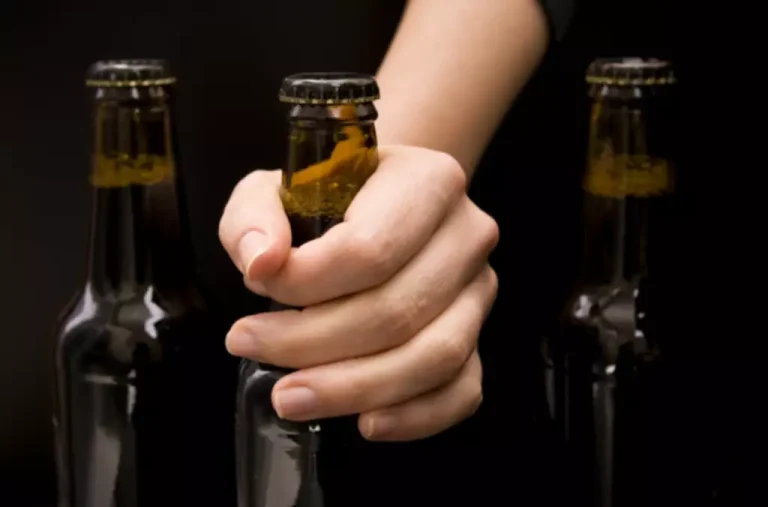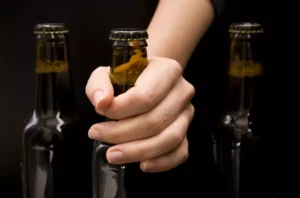
By the same token, reduction of substance use has important public health benefits as well as clinical benefits for patients, and recognition of this could greatly advance medication development for treatment of addiction and its symptoms. To prescribe buprenorphine for opioid use disorder, a physician must be board certified in addiction medicine or addiction psychiatry or complete an eight-hour training session to receive a waiver from the Drug Enforcement Administration. Nurse practitioners and physician assistants need 16 additional hours of training. In hospital settings, physicians without Drug Enforcement Administration waivers are allowed to administer buprenorphine to treat withdrawal and opioid use disorder. Some take Medicaid and federal military insurance, while others accept only private health insurance or self-payment. Preventing overdose death and finding treatment options are the first steps to recovery.
Health News

A study of more than 17,000 survivors of overdose in Massachusetts found only 6-17 percent received MOUD in the subsequent year 62. A smaller study of 301 West Virginia Medicaid recipients who survived overdose demonstrated that patients were more likely to receive buprenorphine post-overdose than before the event, but only 7 percent were receiving treatment at 12 months post-overdose 63. Of those who do get access to specialty care, a minority (under 30 percent) receive treatment with methadone or buprenorphine 49. Among those in treatment, the numbers of people who receive evidence-based medications such as buprenorphine, methadone, and naltrexone are rising, but remain low 49,50,51.
Opioid Addiction Treatment Centers: What To Expect
Your treatment plan, and therefore the appropriate initial setting you’ll be placed in, is based on your opioid addiction treatment needs at the time of intake and evaluation. You will receive a thorough assessment at an opioid addiction treatment program to discuss your needs and any concerns you may have about treatment. Your treatment plan may be adjusted throughout the course of treatment as your needs change.
Medications opioid use disorder include:
- Methadone and buprenorphine substantially decrease the risk of overdose, opioid-related and all-cause mortality, and the spread of infectious diseases such as human immunodeficiency virus (HIV) and hepatitis C virus (HCV)6,7.
- Effective treatment is possible and typically involves medication and cognitive and behavioral therapy.
- Our recommendations also address settings where vulnerable populations are likely to need access to treatment, such as jails and prisons.
- Pilot studies in the United States have previously demonstrated that delivering methadone in a primary care setting is feasible and effective 97.
Tolerance is needing higher doses to produce the same effect or getting less benefit from the same dose over time. Withdrawal is experiencing nausea, diarrhea, a runny nose or other problems when you stop taking opioids. Opioid use disorder (OUD) is a mental health condition in which a problematic pattern of opioid misuse causes distress and/or impairs your daily life. Opioid use disorder treatment can vary depending on the patient’s individual needs, occur in a variety of settings, take many different forms, and last for varying lengths of time. Opioid use disorder treatment can vary depending the patient’s individual needs, occur in a variety of settings, take many different forms, and last for varying lengths of time.

Methadone
Group therapy can also provide a sense of accountability Drug rehabilitation and encouragement to support personal growth and recovery. Once you choose a treatment center for opioid addiction, you’ll go through an intake process before starting the program. Below, we’ll outline what to expect during admission and what a typical day in treatment may look like. A partial hospitalization program (PHP) is the most intensive type of outpatient treatment. People in PHPs attend treatment five to six days a week for five to six hours per day, receiving structured therapy and medical care while maintaining some independence.
- They may order drug tests and evaluate prescription drug monitoring program reports.
- According to the CDC, only 1 in 12 non-Hispanic Black people who died of an opioid overdose had been engaged in substance use treatment, while non-Hispanic white people had been treated at nearly twice the rate.
- The United States, with a population of 320 million people, is served by fewer than 2,000 board-certified addiction psychiatrists and 2,500 physicians certified in addiction medicine.
- As with SUD, major psychiatric illnesses are chronic relapsing diseases, requiring an ongoing relationship with a patient, a continuum of care, and frequent evaluation and management.
- Occupations with the highest percentages of synthetic opioid-involved overdoses involving cocaine were healthcare support (34.2%); community and social services (33.5%); business and financial (31.6%); legal (31.5%); and protective services (30.5%).
- Alzadon and Bregenzer are scheduled to be sentenced on June 25 and Vanhoose is scheduled to be sentenced on June 26.
- If you think you or your child may be using opioids nonmedically or are developing dependence, seek help as soon as possible.
- First approved in 2002, this once-monthly shot under the skin starts after a week of treatment with transmucosal buprenorphine.
For certain drug types, some symptoms are less prominent, and in some cases, not all symptoms apply. Another factor to consider is the length of the program so you can properly prepare. You may need to consider factors like potential time off from work, family responsibilities, and upcoming social engagements. Treatment programs typically last between 30 and 90 days but can vary greatly depending on your needs. Medicare provides coverage under the Opioid Treatment Program (OTP) benefit, which provides bundled payments for treatment services.

Buprenorphine
- Inpatient hospital-based programs combine health care and OUD treatment services for people with medical problems.
- Medicare provides coverage under the Opioid Treatment Program (OTP) benefit, which provides bundled payments for treatment services.
- Psychiatrists can also serve as a resource for training others in the tracking of clinical, environmental, health-related quality-of-life and socioeconomic changes (e.g., patient characteristics, employment, criminal history).
Providers with negative attitudes toward patients with OUD may be less engaged and empathetic with these patients 15.Notably, many clinicians cite negative attitudes against patients with SUD as a major reason for not providing care to this patient population 16,17. Negative attitudes and discrimination among providers undermine patients’ sense of empowerment and can worsen health outcomes by decreasing engagement in treatment 15,18,19. ABSTRACT | Even though evidence-based treatment for opioid use disorders (OUD) is effective, almost four in five Americans with OUD do not receive any form of treatment.
Hit Hard by Opioid Crisis, Black Patients Further Hurt by Barriers to Care

To treat those with opioid use disorder, it is crucial to expand access to evidence-based treatments, including medications for opioid use disorder (MOUD). Treatment may save a life and can help people struggling with opioid use disorder get their lives back on track by allowing them to counteract addiction’s powerful effects on their brain and behavior. The overall goal of treatment is to help people regain their health and social function. Occupations and industries with higher percentages of cocaine involvement were those often considered to be less physically strenuous. Occupations with the highest percentages of synthetic opioid-involved overdoses involving cocaine were healthcare support (34.2%); community and social services (33.5%); business and financial (31.6%); legal (31.5%); and protective services (30.5%).
Outpatient treatment allows you to continue living at home or in a sober living community while attending regular therapy and medical support sessions. This option may be recommended for mild OUD or as a secondary program after an inpatient stay. Because you live at the facility full-time, inpatient treatment can be a bigger commitment and may temporarily disrupt your daily routine.
